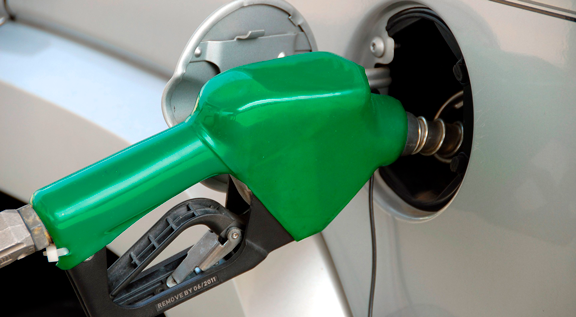
Image: Pixabay
Vinasse, a polluting residue obtained in the production of ethanol, can now be converted into green hydrogen used to irrigate crops, especially sugar cane, as it is rich in potassium. “Transporting this waste to the plantations is an expensive and laborious process for the plants. Not to mention that, if poorly applied, vinasse can damage the plantation and the soil, in addition to reaching groundwater. It is possible to improve this process”, says Thiago Lopes, professor at the Polytechnic School (Poli) at USP.
With wide application, green hydrogen can be used, for example, in the production of ammonia that goes into fertilizers. “Today, ammonia is synthesized with hydrogen from natural gas, which generates a CO2 footprint”, says the researcher. Pure oxygen can be used to burn sugarcane bagasse. “By condensing water, pure CO2 can be easily and economically obtained for storage or to be converted into products.”
{module Form RD}
Another advantage of the reactor is that it makes the vinasse more concentrated, since for every liter of ethanol around 10 liters of vinasse are produced. “It is a gigantic volume to store and transport. If it is more concentrated, free from a fraction of water, the vinasse will take up less space and require less transportation. It is worth mentioning that this transport, in general, is carried out by trucks powered by diesel oil, and this adds CO2 footprints to Brazilian ethanol”, points out Lopes.
The Research Center for Innovation in Greenhouse Gases (RCGI) is an Engineering Research Center, created in 2015, with funding from the São Paulo State Research Support Foundation (Fapesp) and Shell.
By: Leonardo Gottems | agrolink










